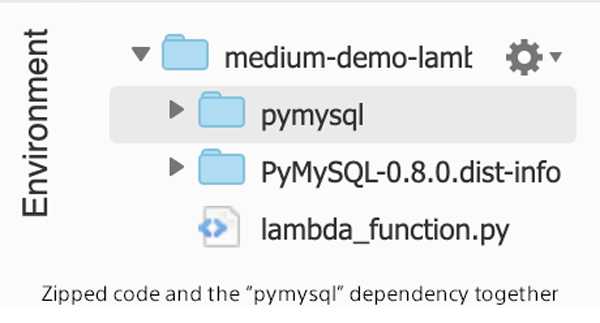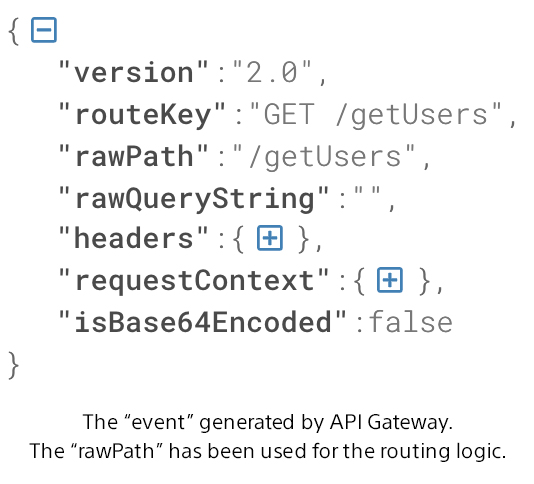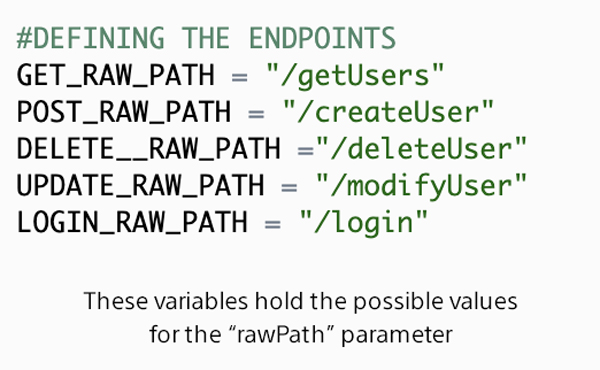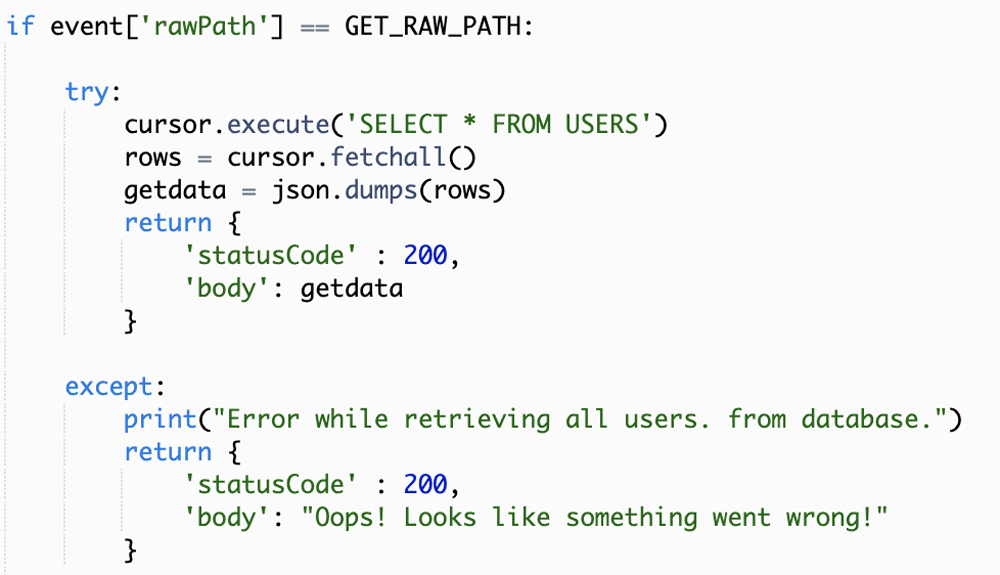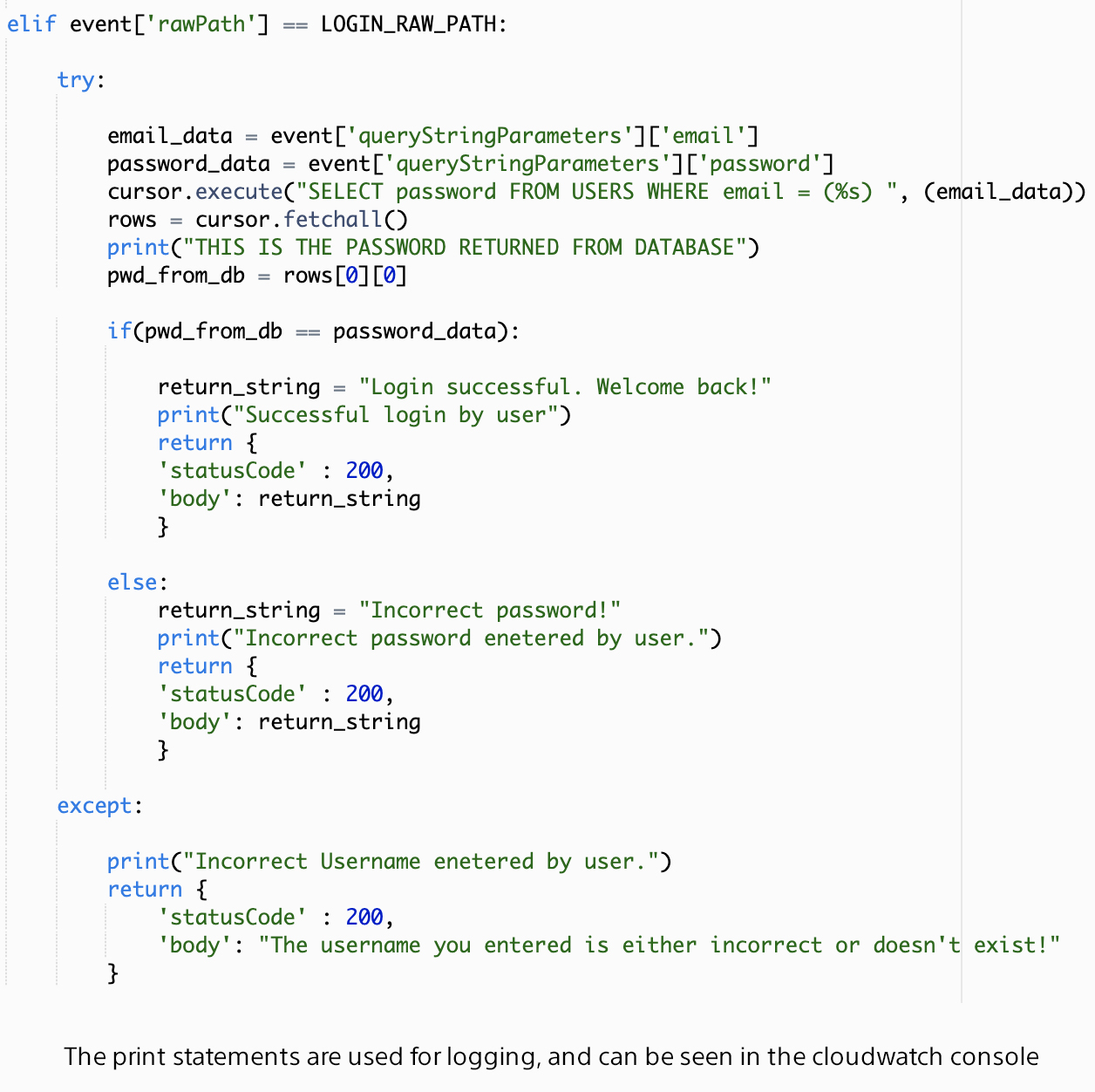By Vishakhavel Shanmuganathan, Intern at Sony Research India
7th January 2022


Let’s take a look at a few instances of companies that rely on Lambda to deliver high-quality products to their customers.
Fender Musical Instruments, one of the largest names in the stringed instruments manufacturing business, rely on Lambda for delivering over 700 TB of high-quality music video lessons, to their customers. Netflix and Amazon prime, arguably the two largest video streaming applications, rely on Lambda to stream high-quality movies and documentaries to millions of customers in over 60 countries. MLBAM (Major League Baseball Advanced Media) uses Lambda to enhance their real-time gameplay data to their broadcasters. Financial Engines have moved their core engineering platform to AWS Lambda and other serverless services to reduce downtime, save costs, and scale seamlessly. iRobot, an IoT company that manufactures the popular self-cleaning robot vacuum, also uses Lambda and AWS IoT, to handle communication between these devices. PhotoVogue, The Seattle Times, T-Mobile… the list is endless!
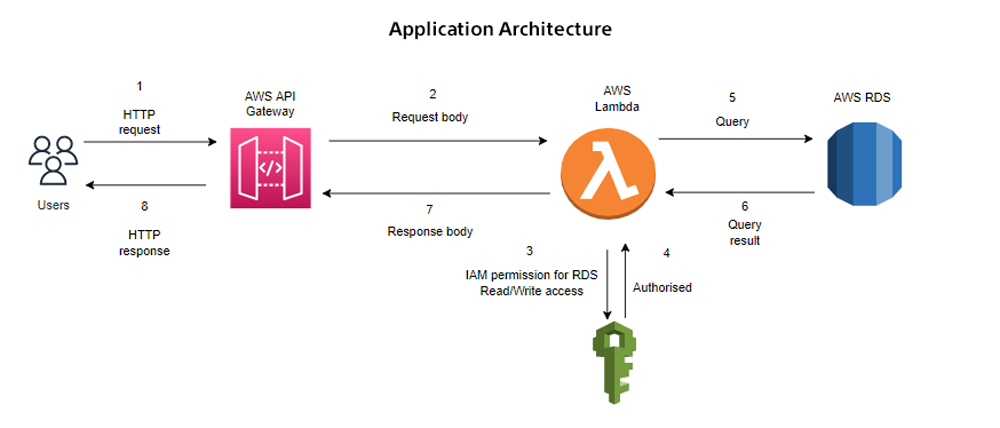
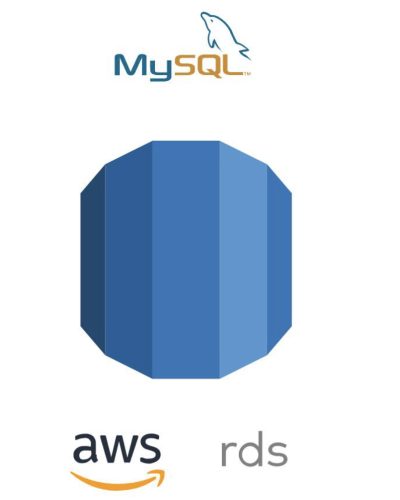
Note: Choosing DynamoDB would have made this a purely serverless application, but since the main focus of this article is the serverless computing service — AWS Lambda, let’s keep things simple by sticking to a regular RDS MySQL instance.
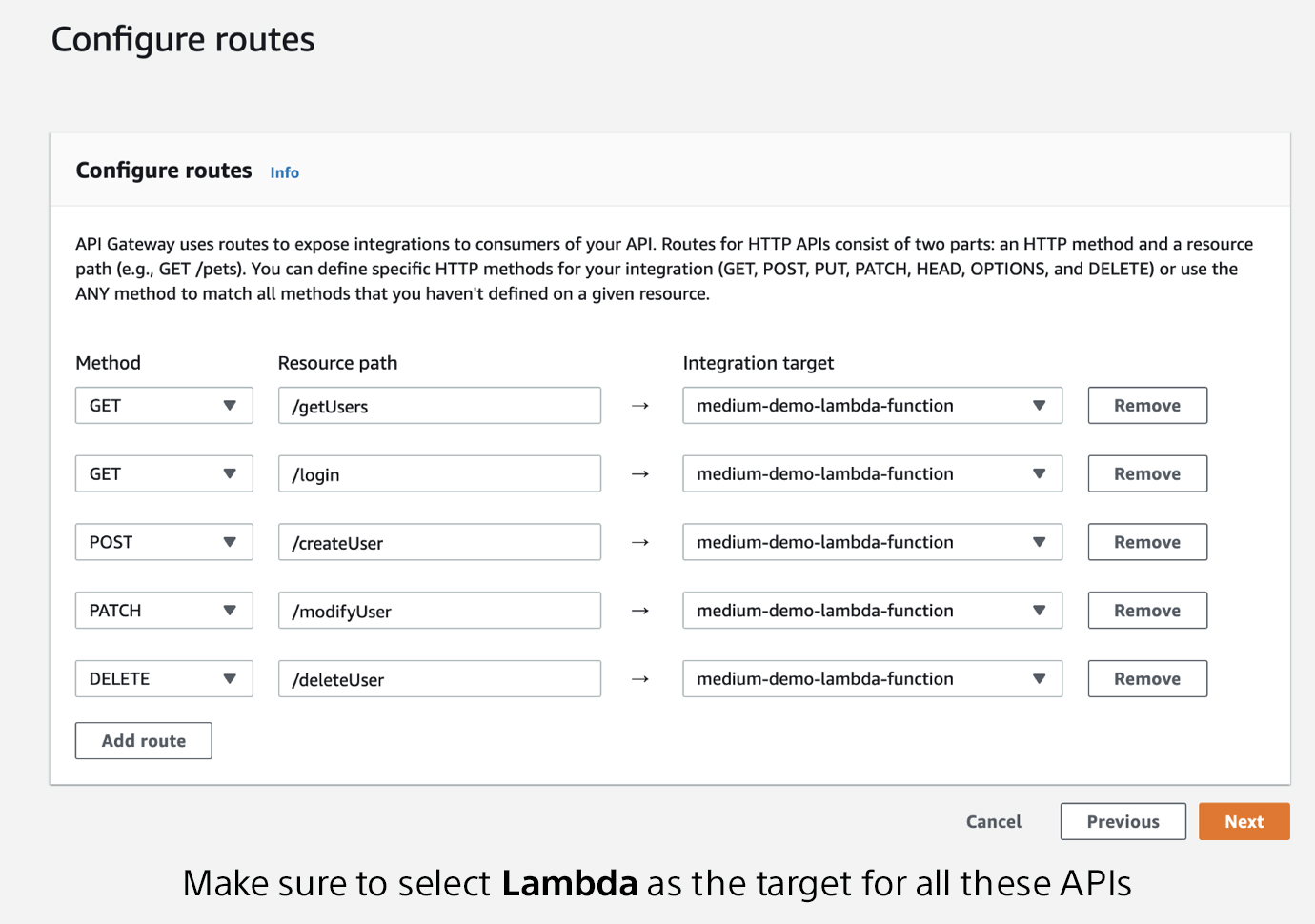
Let’s look at a simple CRUD application that uses AWS Lambda, AWS RDS, and AWS API Gateway. This is a basic user-management application that can create and store new users, login with, modify and delete the existing ones.
Note: One can use the pymysql python library to connect to the RDS instance. This is a library that Lambda won’t recognize by simply using the import statement because it is not available in its environment. To bypass this issue, one has to manually download the dependencies using “pip install” commands and zip them along with the code, and upload them to Lambda.
